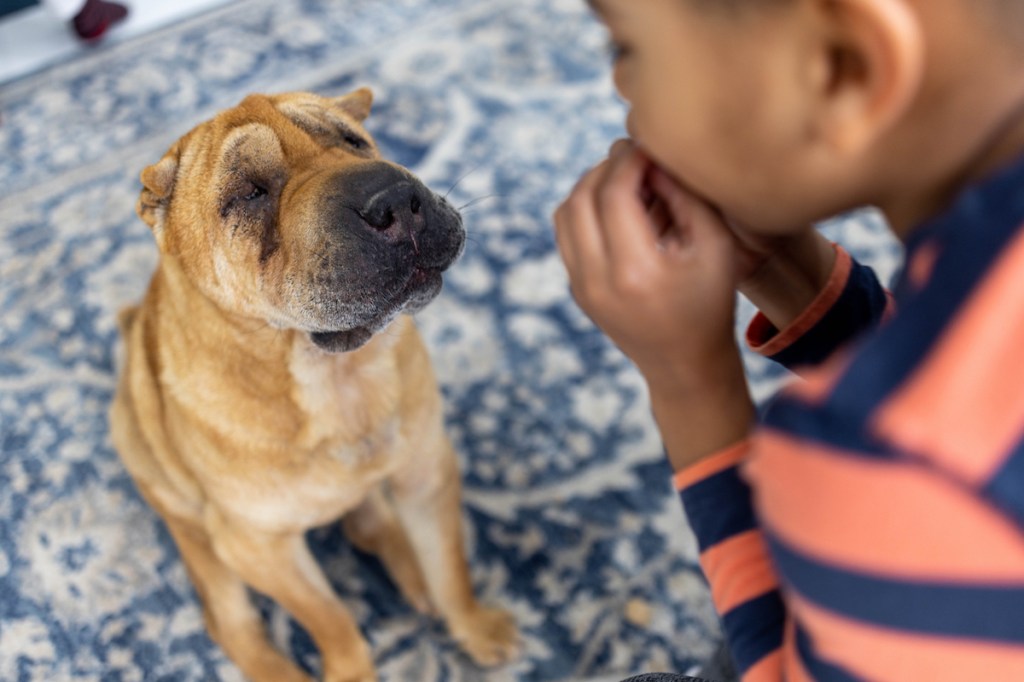Achromatopsia in dogs is a medical condition that affects the way a dog can see in bright light. The condition is caused by a dog’s eye cones degenerating. Usually, achromatopsia is diagnosed when a puppy is around seven weeks old. Colloquially, this affliction is also known as day blindness in dogs.
Unfortunately, there is no cure for achromatopsia. However, there are ways to manage it and bring relief to your canine companion.
If you see signs that your dog might be suffering from this condition, then you must consult your veterinarian for a proper diagnosis and course of treatment. Here’s what you should know about the symptoms, causes, and treatments of achromatopsia — or day blindness — in dogs.
Symptoms of achromatopsia in dogs
Achromatopsia in dogs can result in a range of symptoms. Generally, you can notice these symptoms when a puppy is seven weeks old. Specifically, the symptoms are most apparent during day time.
Some of the most common symptoms of the condition include:
- Disorientation during the day time
- Seeking out shade all the time
- Avoiding steps
- Stumbling
- Ignoring your physical gestures
- Not being able to see toys
- Tripping
Usually, the symptoms seem to decrease or go away during the evening and night hours.
Causes of achromatopsia in dogs

Usually, the condition is inherited. Specifically, Labradors, Malamutes, and German Shepherds seem to suffer from the condition the most.
Technically, the condition is caused by a gene called CNGB3 mutating.
Treatments for day blindness in dogs
If you think that your dog might be developing juvenile achromatopsia, your veterinarian will want to carry out a full physical examination of your dog. Additionally, your vet will ask about your dog’s complete medical history. This will include any breed-specific problems.
Secondly, your vet will recommend that your dog sees an eye specialist. Specifically, a process called electroretinography (ERG) can be used to confirm the condition. Veterinarians will perform an electroretinogram to check the retina’s response to light stimulation and confirm if the retina is functioning properly.
Unfortunately, there is no cure for achromatopsia. However, managing the condition can really help improve your dog’s life. For example, you can help your dog by making sure your yard is secure and safe. Also, always walk your dog on a leash to protect them. In particular, you can take your dog outside more often during the night hours when their vision is less affected by the condition. Additionally, consider transitioning to the use of more verbal commands rather than visual cues.
Finally, your vet might recommend special tinted glasses for your dog. Commonly, these glasses are sold under the brand name of “Doggles.” That said, other brands of eyewear do exist for pups. Any of the glasses can help protect your dog’s eyes during daylight hours.









